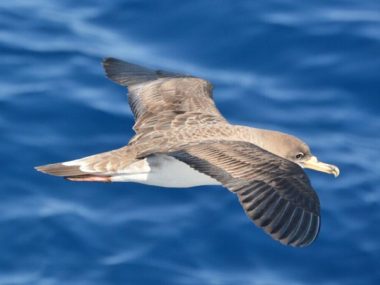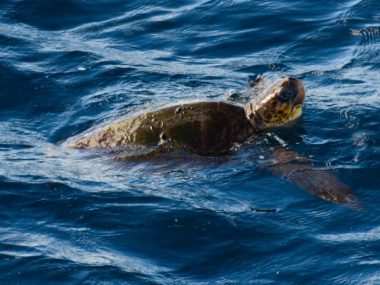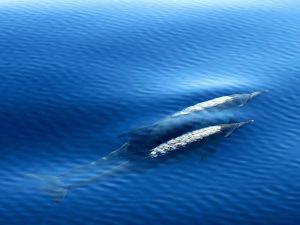Larus delaweriensis | Ring-billed gull
The ring-billed gull is the most common American species to be sighted in the Azores. They can be seen in all the islands of the Azores, normally between November and February. They can reach a length of 43 to 53 cm, with a wingspan of 127 cm and weight of 300 to 700 g. Ring-billed gulls nest in South Alaska, Canada and north of Europe and in winter they migrate to Mexico and Western Europe. They lay 2 to 4 eggs in a hollow in the ground and the nest is made with reeds and rushes. The incubation time is 20 to 31 days and fledging occurs after about 45 days. They can live to be 23 years old. Ring-billed gulls feed in fish, rodents, eggs and their chicks, insects and vegetables. The ring-billed gull often inhabitats lakes and rivers and may travel to the ocean in winter. They are often found on beaches, fishing ports and mouths of rivers along the sea, which provides a refuge from the weather. In bridal plumage the adults exhibit a yellow beak outlined with black and yellow-greenish legs (green in second winter and pink in first winter).
In other languages
Portuguese: Gaivota de bico riscado
Spanish: Gaviota de Delaware
French: Goéland à bec cerclé
Italian: Gabbiano di Delaware
German: Ringschnabelmöwe
Dutch: Ringsnavelmeeuw
Swedish: Ringnäbbad mås
Norwegian: Ringnebbmåke
Danish: –
Finnish: Rengasnokkalokki
Polish: Mewa delawarska
Russian: Делавэрская чайка









